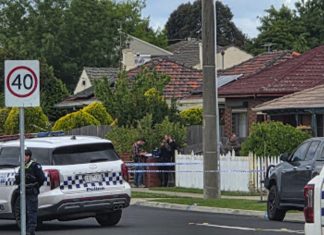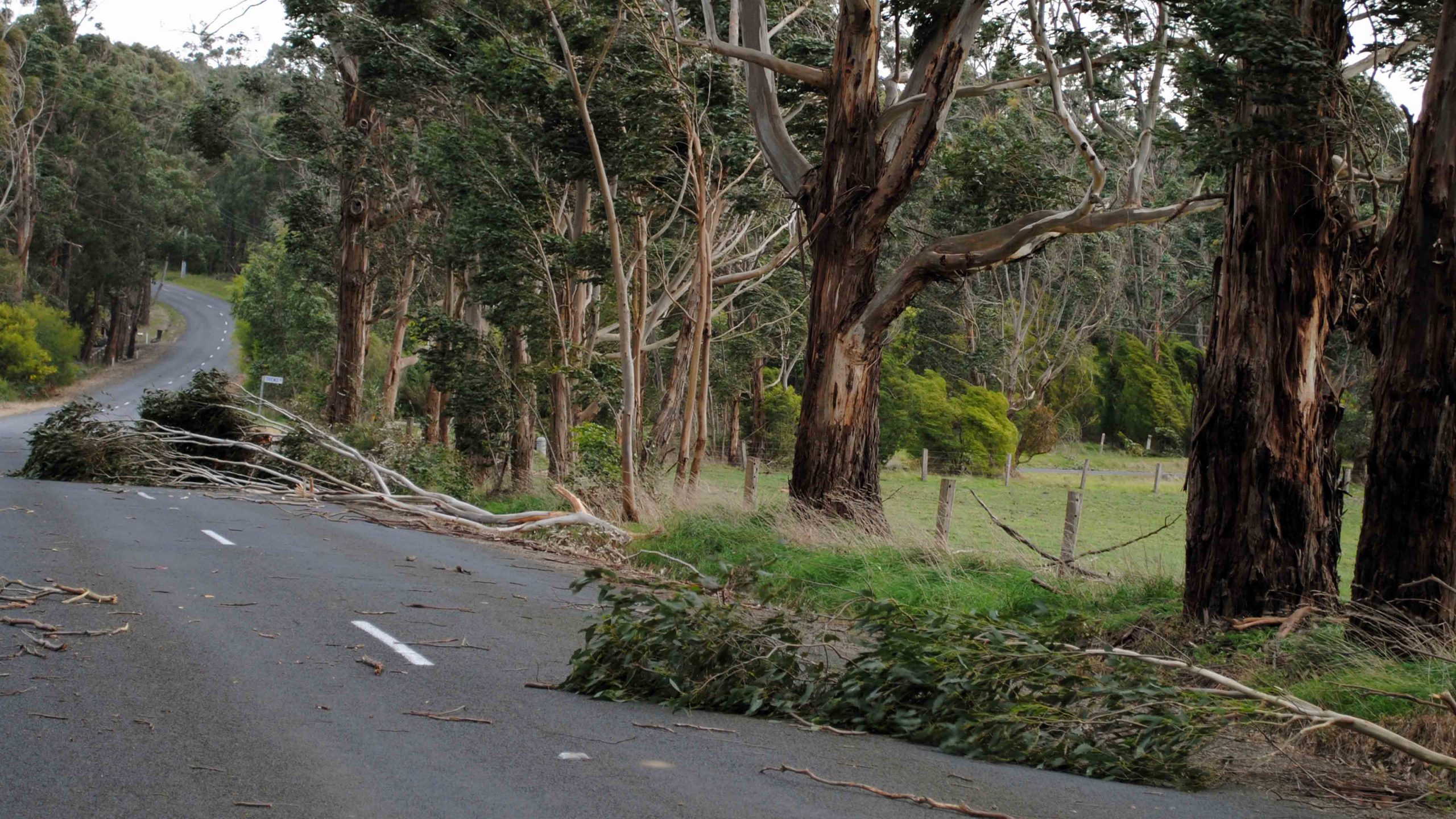All Hazelwood North resident Janean Davidson could recollect of the moments she had a major stroke in 2011 was crashing into a post on her ride on lawn mower.
“I was up early, it was a hot day and I was mowing the law on the ride-on,” she said.
“All I can recollect is the lawn mower had run into a post in the front fence. Then I remember my neighbour coming down from her place.
“I tried to tell her I thought I’d had another stroke, but my face dropped and I couldn’t get the words out properly. I couldn’t move my left hand or left leg. I couldn’t get off the lawn mower.”
Ms Davidson said the quick response of her neighbour to call the ambulance, which arrived within 10 minutes, was key to her survival.
Stroke Foundation chief executive Sharon McGowan said with right treatment at the right time, many people who suffer from strokes could make a full recovery.
“When a stroke happens, almost 1.9 million brain cells die each minute, so time is critical,” she said.
“This is where Victorians of all ages can make a difference. We want you to remember the word FAST, which stands for face, arms, speech and time.
“Ask yourself these questions if you are confronted with a medical emergency you suspect may be a stroke. Has the person’s face drooped? Can they lift both arms? Is their speech slurred? If the answer to any of these is ‘yes’, call an ambulance straight away.”
Stroke Foundation statistics show only 36 per cent of Australians who suffer a stroke reach hospital within a critical 4.5-hour window for clot busting treatment.
According to the Stroke Foundation, stroke kills more women than breast cancer, more men than prostate cancer and leaves thousands with an ongoing disability.
Ms Davidson said rehabilitation after her stroke was challenging and she had to see a number of specialists to help her overcome the physical and mental impacts of her stroke.
“Multi-tasking was a challenge. Everything was too much for me,” she said.
“I couldn’t work the clock out for some time, for some months. I had to go back to a digital watch.
“When I cooked, you know how you have different things on at the same time, I would burn things all the time because the concept of trying to work things out didn’t work. I had lots of burnt pots.”
Ms Davidson says while her energy and endurance levels were getting back to normal, she still struggles to identify objects with her left had without being able to see them.
“I never felt the ‘why me’, but I was really frustrated that I wasn’t who I was before,” she said. Last week was National Stroke week.
For more information, visit www.strokefoundation.org.au












